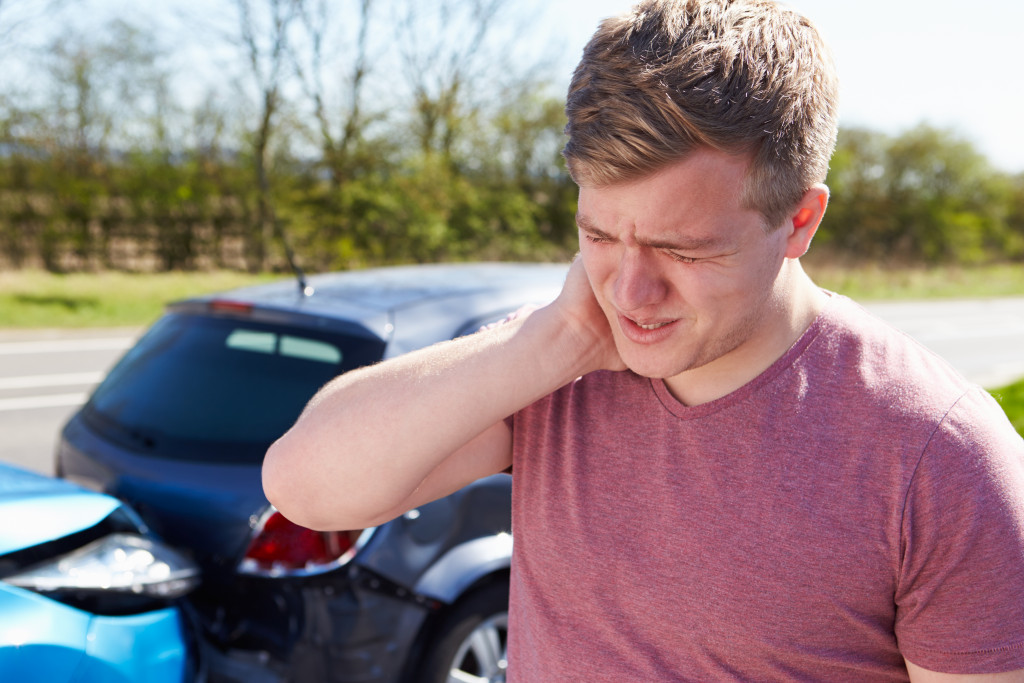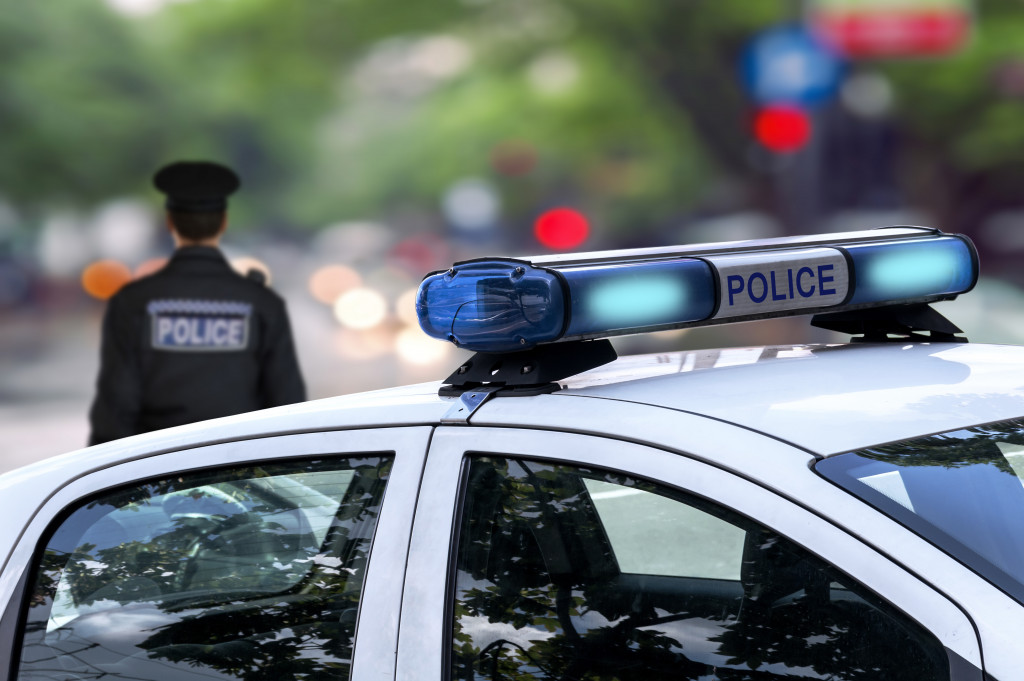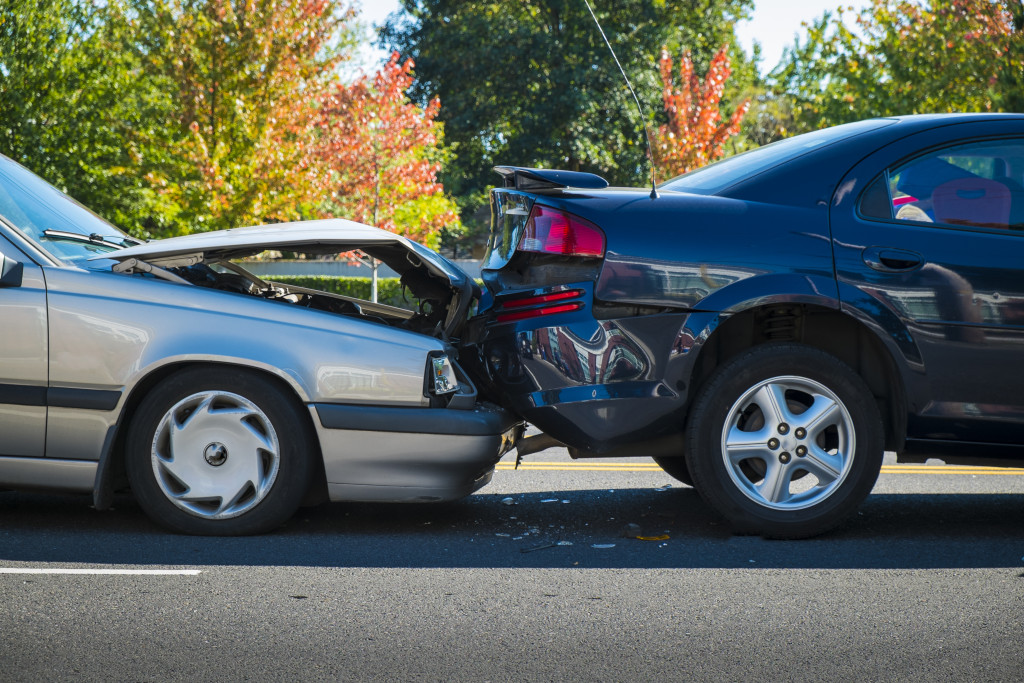- Check for injuries and call for medical help if necessary to ensure everyone involved is safe.
- Move your car to a safe location, and turn on your hazard lights if you can’t move the car.
- Contact the police or highway patrol to create a police report and assess the situation.
- Exchange information with the other driver, including their name, contact information, insurance information, and vehicle information.
- Document the scene with photos of any damage, notify your insurance company, and answer their questions to help determine liability.
Car accidents happen constantly, and it’s important to know what to do if you get involved. Knowing what to do after a car accident can help make the process as smooth as possible and ensure that everyone affected gets the help they need. While many of the steps are similar, there are differences in what to do if you’re involved in a car accident as a driver or a passenger. This blog post will explain the essential steps you should take if you get involved in a car accident.
Step 1: Check for injuries
The first thing you should do after a car accident is to check yourself and anyone else involved for injuries. If there are any injuries, call for medical assistance immediately. Even if you think the injuries are minor, seeking medical help as soon as possible is important. Some injuries, like head trauma, may not be noticeable right away. If everyone is okay, move on to the next step.

Step 2: Move to a safe location
Move your car to a safe location that won’t block traffic if possible. This is especially important if the accident happened on a busy road. If you can’t move your car, turn on your hazard lights and wait for help. This will help warn other drivers of the accident and prevent further collisions. You should also stay at the scene until law enforcement arrives.
Step 3: Contact the authorities
Call the police or highway patrol as soon as possible. They will come to the accident scene to help assess the situation and file a police report. The police report will be necessary for insurance purposes and may be needed if you need to file a legal claim. The police may also be able to help direct traffic or provide medical care if needed.
The police will also be involved if a drunk driver causes an accident. If you suspect the other driver is under the influence, it’s essential to tell the police right away. But if you are the one who is intoxicated, it is essential to note that you may face criminal charges if found guilty. Contact an experienced drunk-driving lawyer to help you navigate this situation. They can help you understand your rights and options.

Step 4: Exchange information
When the police arrive, exchange information with the other driver to settle the issue later. Getting all this information is essential to file a claim with your insurance company. This should include the following:
a. Name
Of course, get the other driver’s name and any passengers in their vehicle. This is important for insurance purposes.
b. Contact information
You should also get the other driver’s contact information to reach them later if needed easily. Ask for their address, phone number, and email address.
c. Insurance information
It’s also important to get the other driver’s insurance information. This will help you file a claim with their insurance company if needed.
d. Vehicle information
Get the make, model, color, license plate number, and any other information about the other driver’s vehicle. Some of this information will also be needed for the police report.
Step 5: Document the scene
Take pictures of the damage to your vehicle and the other driver’s car. Also, take photos of any injuries or damage to property. This documentation can be helpful when filing a claim with your insurance company or filing a legal claim. Try to get pictures of the entire scene, including debris, skid marks, and other conditions that may have contributed to the accident. Also, write down your account of what happened for future reference.
Step 6: Notify your insurance company
Once the police have left the scene, you should contact your insurance company to report the accident. They will likely ask for information gathered in Step 4, so have it ready. The insurance company will likely ask you questions to help determine liability and decide if they should cover the costs of repairs or medical bills. You should also ask them about the steps you need to take to file a legal claim.
Car accidents can be scary and overwhelming, but knowing what to do can help make the process easier. If you get involved in a car accident, remember to check for injuries, move to a safe location, contact the authorities, exchange information, document the scene, and contact your insurance company. Following these steps can help ensure everyone gets the help they need and make the process as smooth as possible.
